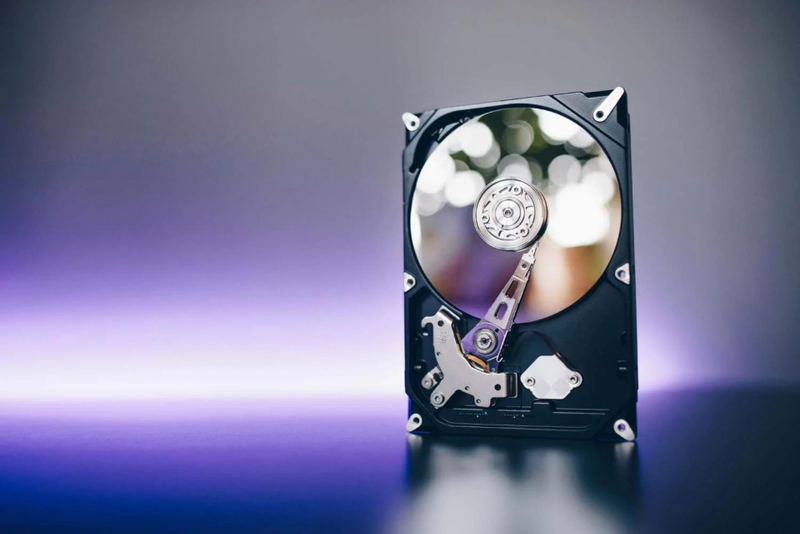Imagine this: you’re working on an important project or storing years’ worth of memories in the form of photos and videos when suddenly your drive fails. For years, hard disk drives (HDDs) were the standard for storage, and recovering lost data from them was relatively straightforward. But with the rise of solid-state drives (SSDs) now the go-to for faster performance and reliability—data recovery has entered new, more complicated territory.
While SSDs are faster, quieter, and more durable than HDDs, they also present unique challenges when it comes to data recovery services. In this article, we’ll break down the key differences between SSD and HDD recovery, explain why SSD data retrieval is more complex, and highlight what you should know if you ever face a data loss scenario.
HDD Data Recovery: The Traditional Approach
For decades, HDDs have been the backbone of computer storage. These drives use spinning magnetic platters and a mechanical arm to read and write data. When HDDs fail, recovery specialists often use one of the following methods:
- Mechanical repair: Replacing damaged parts like read/write heads or motors.
- Sector-by-sector imaging: Copying data from healthy areas of the disk to reconstruct files.
- Magnetic platter access: Even with partial damage, skilled technicians can often retrieve data.
Because HDDs store data magnetically, the recovery process—while not always cheap—has been well-understood for many years.
SSD Data Recovery: Why It’s More Complex
Unlike HDDs, SSDs have no moving parts. Instead, they use NAND flash memory and sophisticated controllers to store and manage data. While this makes them faster and less prone to mechanical failure, it also makes recovery far more challenging.
Key Challenges in SSD Data Retrieval
- Wear-Leveling Algorithms
- SSDs use wear-leveling to extend lifespan, distributing data evenly across memory cells.
- This means the logical location of a file doesn’t always match its physical location, complicating recovery efforts.
- TRIM Command
- Modern operating systems issue TRIM commands, which immediately erase blocks of data marked for deletion.
- Once TRIM is executed, recovering deleted data becomes almost impossible.
- Encryption by Default
- Many SSDs come with built-in hardware-level encryption.
- Without the proper keys or controller, retrieving encrypted data is significantly harder than with traditional HDDs.
- Controller Dependency
- Each SSD brand and model has its own proprietary controller and firmware.
- Recovery often requires specialized tools and deep knowledge of the specific drive architecture.
Professional Data Recovery Services: Why Expertise Matters
Because of these complexities, SSD data retrieval is not something you can typically handle with off-the-shelf software. In fact, attempting DIY recovery can make matters worse, as overwriting or tampering with the drive could permanently destroy what remains of your data.
Professional data recovery services use advanced equipment, cleanroom facilities, and proprietary techniques to work with SSD firmware, bypass damaged controllers, and maximize the chance of recovery. While success rates vary depending on the type of failure, working with experts greatly increases your odds compared to DIY attempts.
Best Practices to Protect Your Data
While recovery is possible, prevention is always better. Here are a few best practices:
- Regular Backups: Use cloud storage or external drives to ensure critical data is always safe.
- Monitor Drive Health: Many SSDs come with monitoring tools to track lifespan and health status.
- Act Quickly: If your SSD fails or data disappears, stop using it immediately and consult a professional.
Final Thoughts
The move from HDDs to SSDs has transformed storage technology, giving us lightning-fast performance and greater durability. However, it has also made data loss situations more challenging than ever. Unlike traditional hard drives, where recovery techniques are well-established, SSD data retrieval requires specialized knowledge, tools, and expertise.
If you find yourself facing data loss, don’t panic—but don’t delay either. Partnering with professional data recovery services is the safest way to protect your valuable files and increase your chances of a successful recovery.
Techies2talk Tip: Prevention and preparedness are key. Regular backups and professional help when needed will save you time, money, and frustration.


